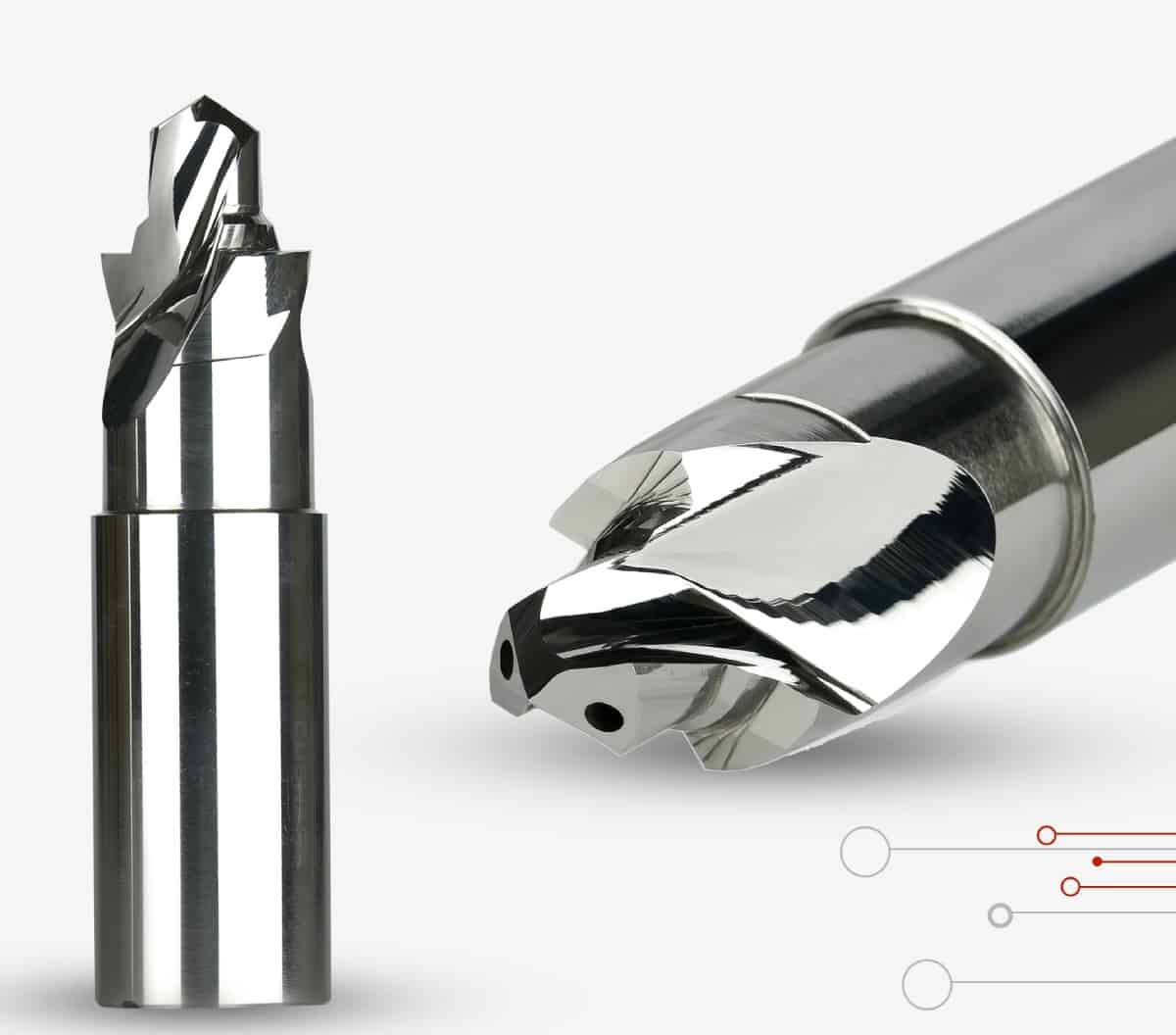End mills are made with a specific purpose in mind, and each tip shape provides a different clearance route for a range of applications. The project, the type of material that needs to be cut, and the desired surface finish all play a role in determining which end mill to use. By using the incorrect cutting tool, one could easily ruin a workpiece and have to throw away an entire batch. It can end up costing the company a lot of money in addition to a great deal of time. Hence, the art of choosing the right end mill is very critical!
Remember the fact that each tool has a distinct geometry that is essential to the final result of the cutwork procedure. Before starting the tool selection process, it is advised to ask to consider few important factors listed below:
Following these and making the extra effort to choose the best tool will shorten cycle times, prolong tool life, and result in higher-quality products.
–The Material Being Cut
Your end-mill confusion will be much reduced if you are aware of the qualities of the material you are working with. Each material has a unique set of mechanical characteristics that give it distinctive qualities when being machined.
For instance, machining plastic materials requires a different approach than machining steels, as well as various tool geometries. It will help to increase tool performance and longevity to select a tool whose geometries are designed to take advantage of those particular properties.
—Operational Aspect
One or more operations may be necessary for an application.
Typical machining processes include:
Old-fashioned Roughing
Slotting
Finishing
Contouring
High-Efficiency Plunge
Milling
A machinist will be able to determine the tooling that will be required by comprehending the operation(s) required for the work. For instance, choosing a Helical Solution would be appropriate if the task involves conventional roughing and slotting. It would be preferable to use a chip breaker rougher to remove more material than a finisher with numerous flutes.
— Tool Dimensions Required
The following step is to ensure that the end mill chooses the appropriate dimensions for the project after describing the material being worked with, the operation(s), and the necessary number of flutes.
Key factors include things like cutter diameter, cut length, reach, and profile.
–-Mill End Length
It is adequately important to choose the length of the mill required. Choose the shortest end mill length that still allows for cutting because the stability of the tool is substantially improved by selecting the smallest length. This will lessen the tool’s propensity to chatter while enabling more aggressive feeds and speeds.
— Mill End Coatings
Coatings are beneficial for minimizing friction and shielding the carbide from the heat produced during cutting. Some materials respond better to certain coatings. Again, the simplest method to make sure you are applying the right coating is to pay attention to the manufacturer’s instructions.
–-End Mill Components
High-speed steel (HSS) and carbide are two of the materials most frequently utilized to make end mills. HSS is suitable for one-off or very short-run production as well as older, slower, or less stiff machinery. It will operate more slowly but cost less, is less fragile, and is more forgiving of adverse environments.
When higher speeds, fewer tool changes, and increased productivity are needed, carbide is chosen in CNC machine tools. In many applications, the longer tool life and faster cycle times easily justify the greater cost.
— Number of Flutes
Choosing the right flute count for an end mill is one of the most important factors to take into account. This choice is significantly influenced by both the material and the application. So, be careful!
—Life and Durability
Cheaper isn’t always better. It’s essential to invest in the correct machinery that can handle the volume of work if you have a high rate of production and a lot of workload.
The time and money you spend on wasted materials, scrap, wasted tool purchases, and increased wear and tear on your CNC machines result from choosing cheap or inadequate tooling.
Whatever the task, Accusharp Cutting Tools offer you a broad selection of end mills made to give you a competitive advantage. Also, we can help you choose the perfect one based on your application. So, reach out to us!


